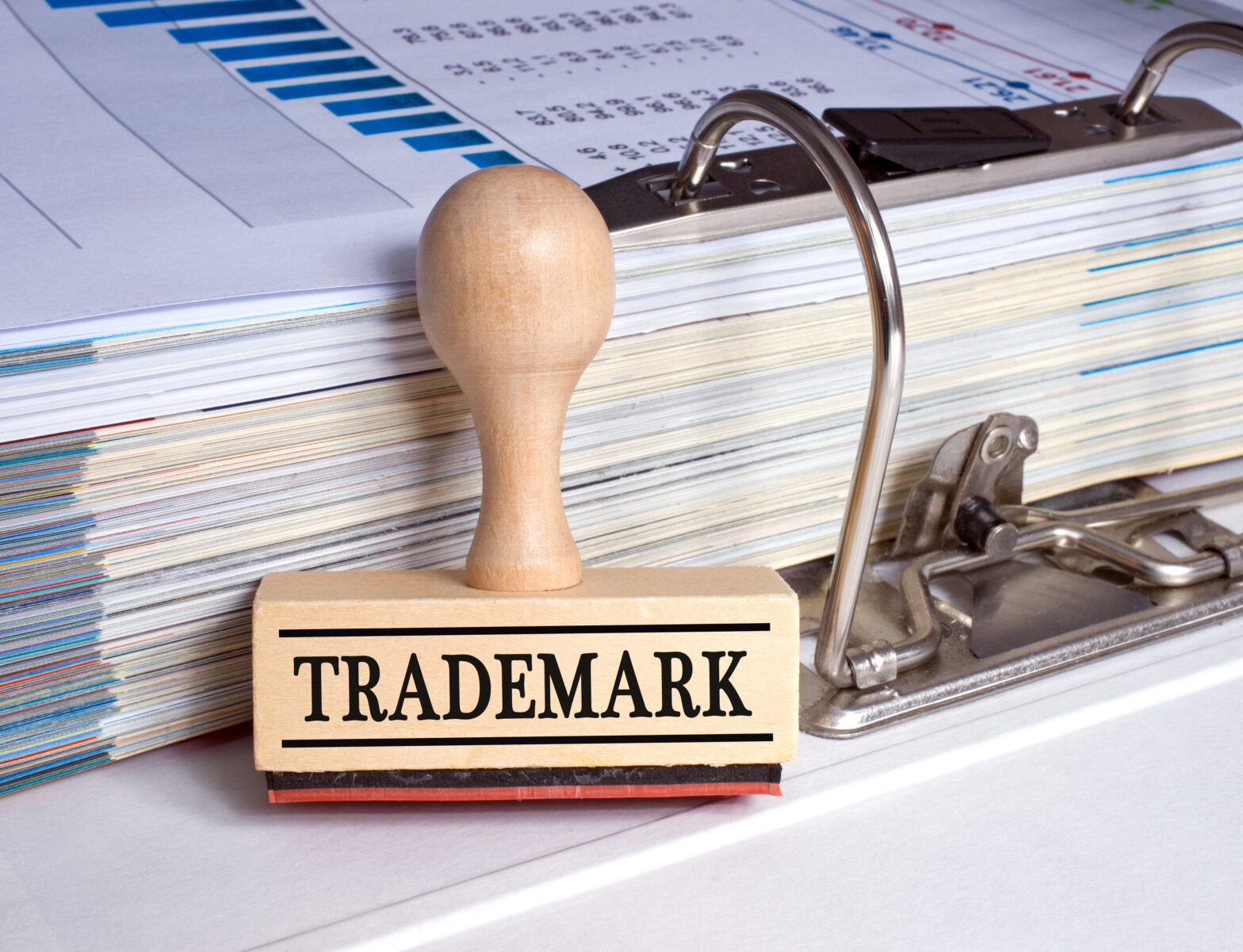According to trademark attorneys at Withers & Rogers LLP, brands need to take action to address this within the next six months, or risk being left with narrower intellectual property (IP) rights than they originally sought.
Up until June 2012, EU trade mark laws allowed goods or services to be protected in trademark registrations by using a ‘class heading’, a short summary of the general nature of the goods/services in the class.
The use of this class heading alone would ensure that all of the goods or services belonging to that same class were covered. With the incoming EU reforms however, it will no longer be possible to interpret class headings in this way, and brands will need to provide a comprehensive list of what the trademark should cover.
As of 23 March 2016, companies have six months to submit amendments to their EU trademarks. Those with registrations covering class headings in Class 12 (vehicles), Class 7 (machines) and Class 10 (medical products) are particularly at risk. These registrations would respectively no longer cover vehicles, machine parts, or products for babies.
Tania Clark, partner and trade mark attorney at Withers & Rogers says that it is important that companies submit their forms within the six month window to avoid being caught out and having to go through the lengthy and costly process of re-filing each trade mark.
‘If the amendment is not submitted, businesses risk the courts interpreting their trade mark specification literally, rather than in the way it was originally intended,’ she adds.
‘Our advice is to use the six-month window as an opportunity to make sure the trade mark is thoroughly covered, by including any additional goods/services not literally stated in the specification.’
As above, a good example of how registrations could be affected is a trade mark protecting ‘Vehicles; apparatus for locomotion by land, air or water’ (the ‘Class Heading’ in Class 12).
Previously, this specification would have covered all of the constituent parts of a vehicle, including bumpers, wheels, and seats.
Under the new reforms, these items need to be clearly listed in order to be covered by the registration. If this information is not provided during the six month window, the car maker could find a competitor is able to obtain trademark protection for spare parts.
Likewise, a spare part maker could have their registration cancelled for non-use as they will not be using the trademark on vehicles themselves.
Companies have until 23 September 2016 to submit the appropriate forms which will allow them to broaden the scope of protection of their trademarks.





